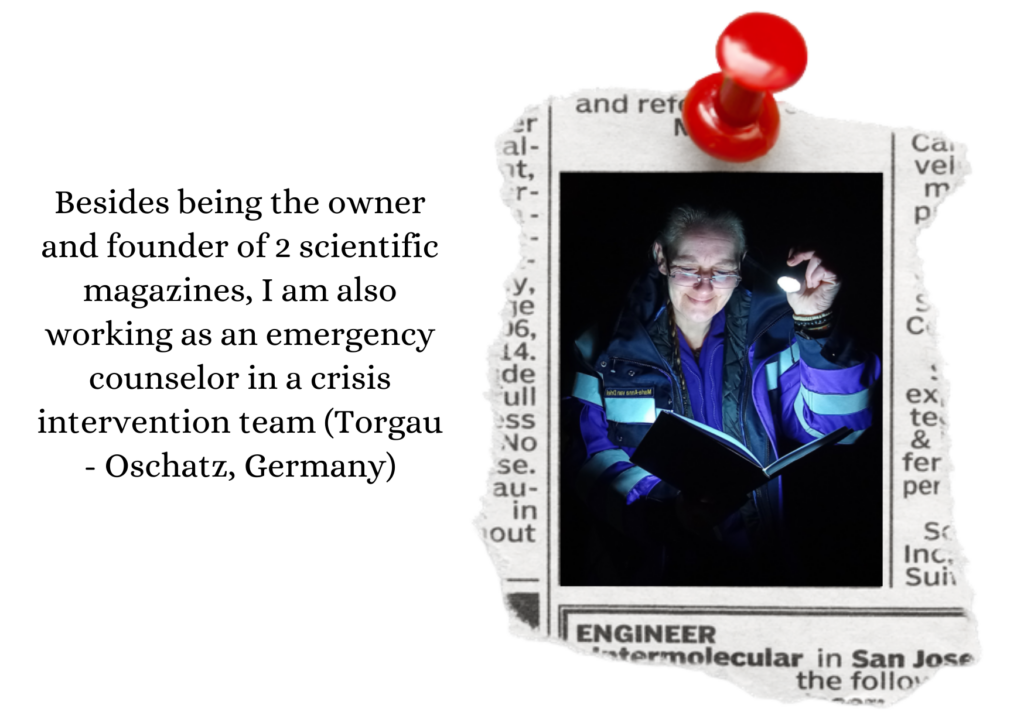PTSD: It might Not be the Cause for People to Harm Themselves Psychologically or Physically
By Maria Anna van Driel
Even though one of the most revealing discoveries researchers in Complex PTSD have found is that emotional neglect can be as damaging as domestic violence, our advanced society should equip itself with the necessary knowledge in distinguishing PTSD and CPTSD in order to anticipate to the, still unknown to modern psychology, behaviours the invisible injuries create.
A frequently asked question, “What is the cause of people harming themselves?” From a personal but psychological point of view, I think that PTSD is not causing people to commit suicide but them hiding the emotions and scares caused by the mental abused aka CPTSD (Complex Post Traumatic Stress Disorder).
From a clinical point of view: PTSD stands for Post Traumatic Stress Disorder, a condition officially recognized in 1980 to describe exposure to one or two relatively brief but devastating events. Complex PTSD, recognized in 1994, describes an exposure to something equally devastating but contains a myriad psychic blows occurring for a very long time which simply do not seem to stop. On the latter, this can be emotional neglect, humiliation, (cyber) bullying, physical violence, criticism, among others, what can cause a disrupted attachment with someone.
But when we pour it more in a personal bowl it suddenly becomes more chaotic and sometimes even surrealistic because ones thoughts and emotions do not always seem to communicating with each other in a coherent manner. Not that someone is unable to glue an emotion to a memory, on the contrary. Sometimes it simply feels more like as if ones emotions and thoughts do not correlate with the images from the past. It might even feel as if someone is watching a movie while experiencing the synthetic emotions described by the reviews. This can be highly confusing but can be simply explained as, your brain experiencing a form of ‘cognitive distancing’.
But why does your brain do this?
Read the full article on Medium.
Or, download this article as an interactive PDF via Independent Academia


